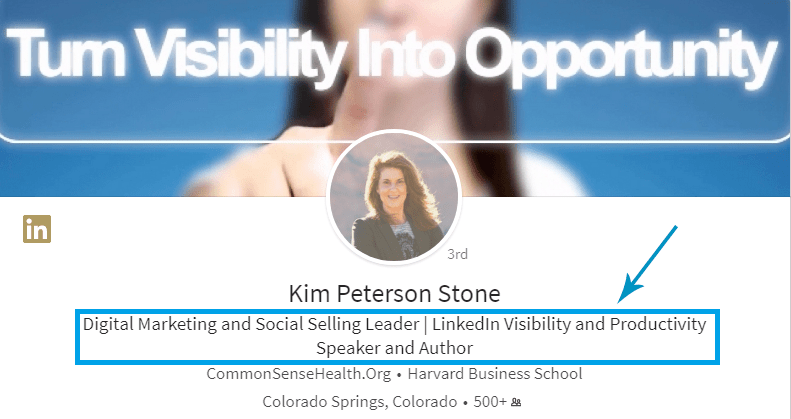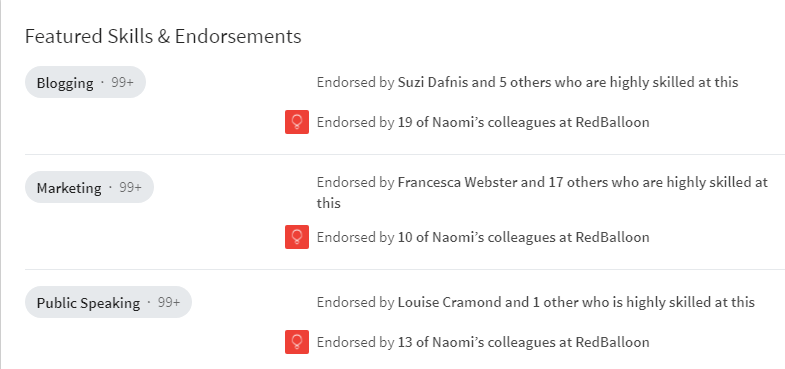Do you receive connection invitations from people you don’t know? Should you accept every invitation, you receive on LinkedIn?
Well, I won’t recommend you to do so.
Of course, LinkedIn is a networking site, and you should connect with other professionals to boost your career. But it doesn’t mean stacking up fake profiles and irrelevant people in your connection list.
When I mention “irrelevant people” in the networking space, I refer to those who are neither related to your industry nor interested in your content.
Would you like to connect with such people? Never!
You must understand that you don’t need to accept every connection requests you receive. Instead, check the requester’s profile to see if you want to have him/her in your network.
5 things to check before accepting LinkedIn Connection Requests
Here, I will share 5 sections that you must check before deciding to accept or reject a connection request. This way, you will build an engaging connections and a follower base. So let’s get started with the most important of all.
1. Profile Photo.
A photo is an essential element of someone’s identity. It proves the authenticity of the profile and shows that the profile holder is an active user, which makes sense to connect.
If there’s no profile photo, just hit the “Ignore” button without any second thought.
LinkedIn is a professional networking platform. So, the photo must reflect professionalism too. It is not a place to use a holiday pic as a profile photo, it breaks professional etiquette.
2. Current Profession and Position.
You must know the profession of those who wish to make a connection with you. You need to know whether they’re related to your niche or just trying to grow their connection list.

The current profession and job title should be clear right below the profile photo, i.e., in the headline section. Ensure it is filled with the appropriate profession, job title, and company name.
3. Activities.
If you want to connect with active and engaging users on LinkedIn, the Articles & Activities section is a must check. This section keeps the collection of all the articles and posts the user shares and engages in.
By observing this, you will know the type of content they love and how actively they engage in posts.
4. Professional Skills & Interest.
You would definitely like to connect with people who share similar skills and interests. So make sure you check the skills sections where LinkedIn allows users to add all their skills.

Also, check which influencers they follow and the LinkedIn groups they’ve joined under the Interest section. Such details help you know the user’s interest and relation with your industry.
Before accepting the request, ensure the inviter is a member of industry-related LinkedIn groups and possesses skills related to your industry.
5. Recommendations.
Finally, don’t forget to check the recommendations on the inviter’s profile, this will help you know what others think about the person.
If there’s no recommendation, the user is either a novice in the industry or an occasional user on LinkedIn. Seeing others’ opinions on a person’s LinkedIn profile increases their authenticity.
Wrapping up
Now it’s your turn to check these details on the inviter’s profile to test the legitimacy of the profile. Then make your decision about the invitation.
There may be some instances when people accept every connection requests they receive just to grow their connections list. But, it is not at all a good practice. Doing so will fill your feed with irrelevant content and ruins your experience on LinkedIn.
That’s why I always recommend people observe the profile before accepting any connection requests, which implies to you too.
Additionally, checking your profile before accepting connection requests builds credibility and helps you establish better communication with the person on the other side.
So, just keep patience, share interesting content, find relevant people through LinkedIn search, and establish fruitful connections with them. This way, you’ll nurture a solid professional network that can help you grow in your career.
Here are a few hand-picked blog posts for you to read next:
- 6 reasons why your LinkedIn profile might not be doing well.
- How to write a compelling LinkedIn About Section.
